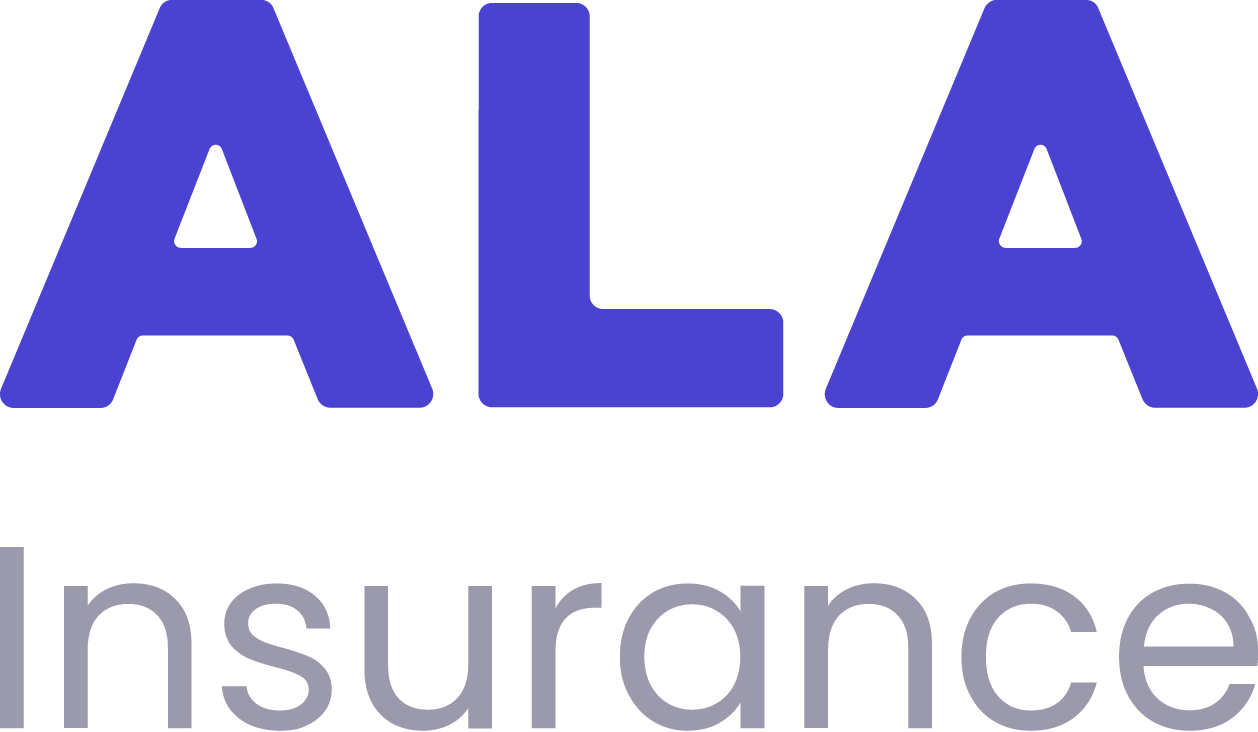Peugeot E-408 Review 2025
Peugeot E-408 At A Glance
Change is marching on with unprecedented pace in the car world, not least with larger models from manufacturers that can’t accurately be referred to as upmarket. As well as full electrification, more traditional saloons, hatchbacks and estates are being replaced by SUVs — one pertinent case in point is the new Peugeot E-408.
Orders opened for hybrid-powered versions of the Peugeot 408 at the tail-end of 2022 although it’s fair to say that many haven’t noticed as it’s far from being one of the French brand’s more popular models.
It’s effectively a replacement for the slinky Peugeot 508 range of elegant five-door hatchbacks and SW-labelled estates, yet its elevated ride height is sufficiently jacked-up for the 408 to be considered an SUV. It’s a strategy employed by one of Peugeot’s long-time rivals — the similarly silhouetted Renault Rafale fills a gap once occupied by the Laguna.
There’s a further break with recent tradition in that despite its SUV stance the 408 doesn’t have a double-zero badge to fall in line with the Peugeot 3008 and 5008 ranges. That, combined with its rakish, coupe-like roofline, hints at a degree of confusion about where it sits within the Peugeot line-up — historically, car buyers tend to stay away in droves if they can’t immediately understand a model’s sense of place.
That may become easier now that the fully electric Peugeot E-408 versions are on sale as other manufacturers have already pulled up a seat at the battery-powered SUV coupe table long before the chef has started to prepare the first course.
Among the E-408’s alternatives are the box-fresh Cupra Tavascan, the still-plagued-by-its-name Ford Capri and the recently facelifted Skoda Enyaq Coupe. That trio all share closely related Volkswagen Group underpinnings that are also found beneath the VW ID.5.
Other rivals not using that VW MEB platform include the Hyundai Ioniq 5 and Kia EV6 cousins, although both are a smite larger than the Peugeot, as is the amusingly titled BYD Sealion 7.
Not that at 4687mm long and 1478mm tall the Peugeot E-408 is diminutive — compared with the 508 it’s usurping there’s only 63mm less bodywork front-to-rear but an extra 75mm of loftiness. Not only that, with all five seats in use the E-408’s boot space is 49 litres more capacious at 536 litres. Fold them over — they don’t lie flat, unfortunately — and that expands to a maximum of 1611 litres, representing a 74-litre uplift over the 508.
As per the self-charging and plug-in hybrid models in the range Peugeot sells the E-408 in two levels of specification — Allure and GT. Both are generously appointed with dual-zone climate control, two dashboard-mounted 10.0-inch display screens, LED head and tail lights, keyless entry and starting, a 180-degree reversing camera and 19-inch alloy wheels. Go for the pricier GT if you crave niceties such as Matrix LED head lights, an electric tailgate, multi-coloured interior ambient lighting and a heated steering wheel.
There’s just the one electric drive system and battery pack combination available for the E-408 so far, partnering a 215PS motor under the bonnet — confusingly referred to as the 210 — with a moderately sized 58kWh battery under the floor.
Producing its maximum 343Nm torque almost instantaneously when the accelerator pedal’s dabbed, a single-speed automatic transmission directs that urgency to the E-408’s front wheels to serve-up a 7.6-second 0-62mph benchmark time, before topping out at an electronically governed maximum of 99mph.
Whichever of the E-408’s pair of trim levels you choose Peugeot quotes a WLTP Combined cycle range of 281 miles — that’s 39 miles more than the most efficient 52kWh version of the Ford Capri and an eight-mile advantage over the 63kWh battery-equipped Hyundai Ioniq 5. They both undercut the E-408 though, plus larger-capacity battery versions are also available.
Peugeot quotes recharging times for the E-408 for a 20%-80% increase in energy levels, so they’re not as impressive as they appear to be at first glance. Using a 7.4kW AC domestic wallbox that state-of-charge increase requires 4 hours 25 minutes, while a 100kW DC rapid connection at a public facility takes just 30 minutes.
Orders for the Peugeot E-408 opened towards the end of 2024 with customer deliveries commencing imminently. Prices start at £42,185 for the E-408 Allure with the E-408 GT costing £44,955.
Keep this page bookmarked to read our forthcoming full and comprehensive Peugeot E-408 review in the weeks ahead.







 Impressive driving range from its moderately-sized battery. Generous standard equipment levels. Roomier than the 508 it effectively replaces.
Impressive driving range from its moderately-sized battery. Generous standard equipment levels. Roomier than the 508 it effectively replaces.
 Consumer understanding of its place in Peugeot’s hierarchy. Lack of a larger battery option may restrict appeal. Pricier than directly comparable alternatives.
Consumer understanding of its place in Peugeot’s hierarchy. Lack of a larger battery option may restrict appeal. Pricier than directly comparable alternatives.




